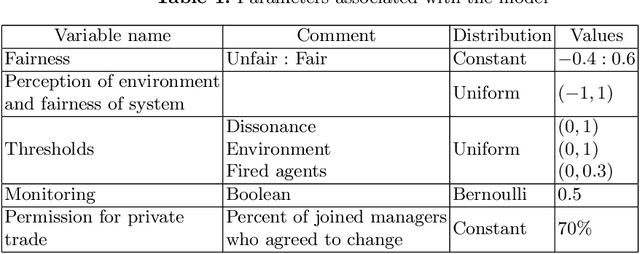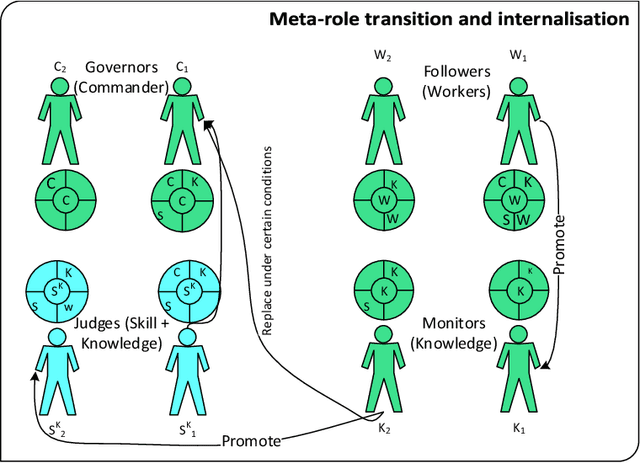Christopher K. Frantz
IG Parser: A Software Package for the Encoding of Institutional Statements using the Institutional Grammar
May 19, 2025Abstract:This article provides an overview of IG Parser, a software that facilitates qualitative content analysis of formal (e.g., legal) rules or informal (e.g., socio-normative) norms, and strategies (such as conventions) -- referred to as \emph{institutions} -- that govern social systems and operate configurally to describe \emph{institutional systems}. To this end, the IG Parser employs a distinctive syntax that ensures rigorous encoding of natural language, while automating the transformation into various formats that support the downstream analysis using diverse analytical techniques. The conceptual core of the IG Parser is an associated syntax, IG Script, that operationalizes the conceptual foundations of the Institutional Grammar, and more specifically Institutional Grammar 2.0, an analytical paradigm for institutional analysis. This article presents the IG Parser, including its conceptual foundations, syntactic specification of IG Script, alongside architectural principles. This introduction is augmented with selective illustrative examples that highlight the use and benefit associated with the tool.
Institutional Grammar 2.0 Codebook
Aug 20, 2020



Abstract:The Grammar of Institutions, or Institutional Grammar (IG), is an established approach to encode policy information in terms of institutional statements based on a set of pre-defined syntactic components. This codebook provides coding guidelines for a revised version of the IG, the Institutional Grammar 2.0 (IG 2.0). IG 2.0 is a specification that aims at facilitating the encoding of policy to meet varying analytical objectives. To this end, it revises the grammar with respect to comprehensiveness, flexibility, and specificity by offering multiple levels of expressiveness (IG Core, IG Extended, IG Logico), and further introduces encoding of constitutive institutional statements, in addition to the encoding of regulative statements. The codebook covers fundamental concepts of IG 2.0, before providing an overview of pre-coding steps relevant for document preparation. Following this, detailed coding guidelines are provided for both regulative and constitutive statements across all levels of expressiveness, along with the encoding instructions for hybrid and polymorphic institutional statements. The document further provides an overview of taxonomies used in the encoding process and referred to throughout the codebook. Note that this codebook specifically focuses on operational aspects of IG 2.0 in the context of policy coding. Links to additional resources such as the underlying scientific literature (that offers comprehensive treatment of the underlying theoretical concepts) as well as tool support are referred to in the concluding section of the codebook.
Impact of meta-roles on the evolution of organisational institutions
Aug 07, 2020



Abstract:This paper investigates the impact of changes in agents' beliefs coupled with dynamics in agents' meta-roles on the evolution of institutions. The study embeds agents' meta-roles in the BDI architecture. In this context, the study scrutinises the impact of cognitive dissonance in agents due to unfairness of institutions. To showcase our model, two historical long-distance trading societies, namely Armenian merchants of New-Julfa and the English East India Company are simulated. Results show how change in roles of agents coupled with specific institutional characteristics leads to changes of the rules in the system.
 Add to Chrome
Add to Chrome Add to Firefox
Add to Firefox Add to Edge
Add to Edge